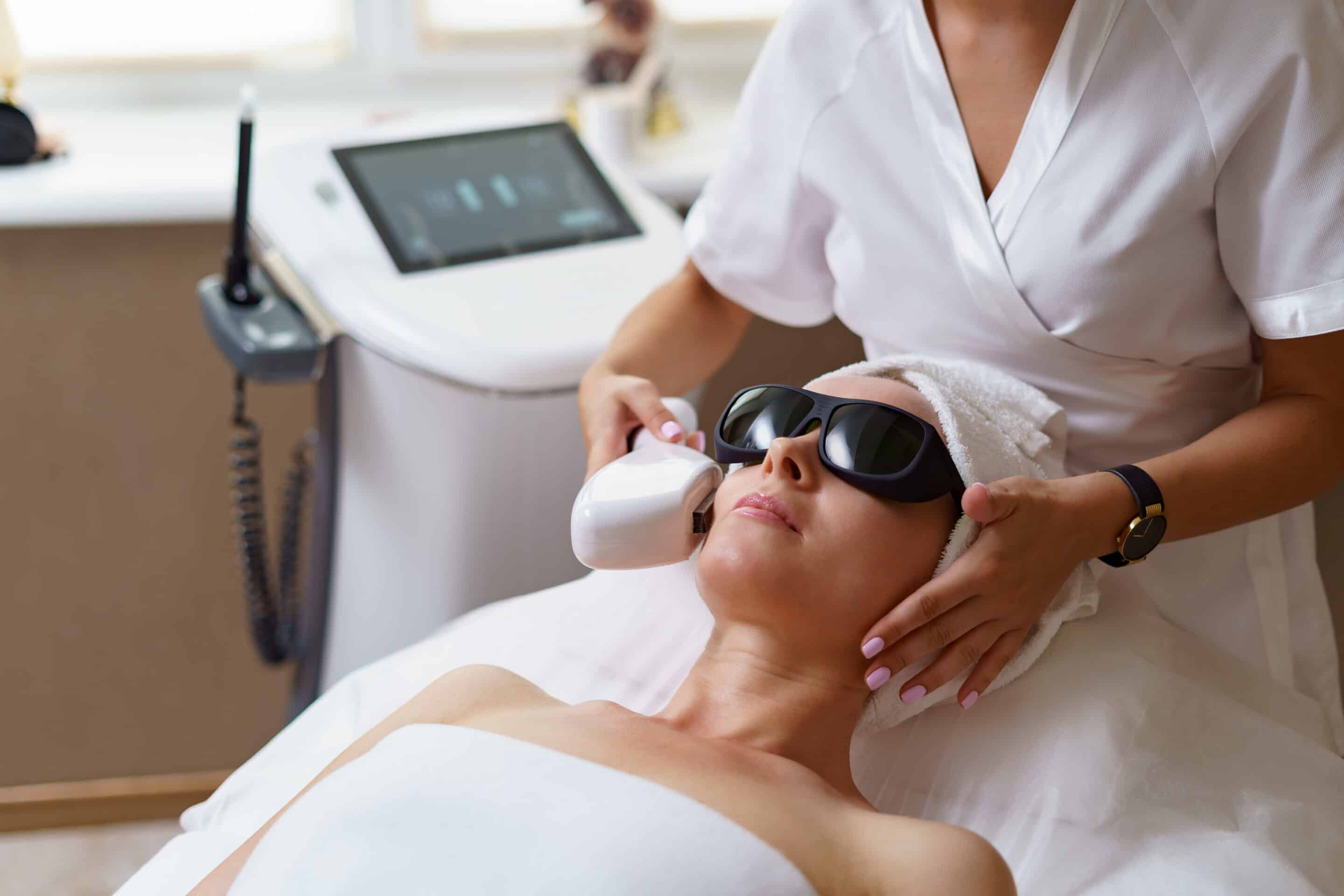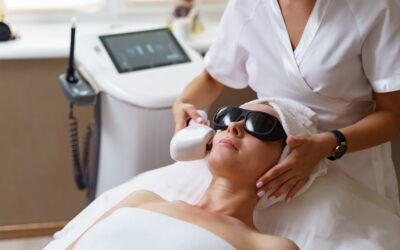If you’ve been scrolling through skincare Instagram or TikTok and seeing those perfect, glowing faces, you’ve probably wondered about IPL photofacials.
This article will help to break down everything you need to know:
- What IPL is;
- IPL Photofacial pros and cons;
- Insider Tips: What Most Aestheticians Won’t Tell You;
- Warning Signs: Red Flags to Look Out For.
What Exactly is an IPL Photofacial?
IPL (Intense Pulsed Light) is basically a superhero light treatment that zaps skin issues like:
- Sun damage
- Rosacea
- Uneven skin tone
- Tiny blood vessels
- Some pigmented types of acne scars ( it does not work on indented scars)
But it’s not magic – and it’s definitely not a one-size-fits-all solution.
What are IPL Photofacial pros and cons
The Pros: Why People Are Obsessed
- No Downtime
Unlike some treatments where you’re hiding at home, IPL lets you basically walk out and go about your day. No major recovery needed. Makeup can be used immediately after the treatment.
- Multi-Tasking Skin Fixer
One treatment can tackle multiple skin issues simultaneously in one treatment.
The Cons: The Stuff Nobody Warns You About
- The Weird Temporary “Pepper Flake” Phase
After treatment, your pigmentation spots literally look like tiny brown or black pepper flakes. They’ll fall off on their own over the next week or so, but it’s NOT cute for a few days.
- Sensitivity Roulette
Some skin types react like a drama queen. Redness, mild swelling, temporary bruising – your skin might throw a total tantrum. A good technician will do test spots on the sides of your face to make sure that the setting is correct before continuing with the treatment. This is extremely important!
What Most Aestheticians Won’t Tell You
Seasonal Timing Matters
- Winter is your best friend for IPL
- Sun exposure before/after can mess up your results. No sun without SPF 30 or higher for 2 months prior.
The Genetic Aspect
Not all skin responds the same. Your friend’s amazing results? Might look totally different on you.
Pain Factor: What to Really Expect
Imagine a small rubber band snapping against your skin – that’s basically the sensation. Some describe it as:
- Mild pinching
- Quick zap with a very bright flash of light
- Uncomfortable but not unbearable
- Totally manageable, just uncomfortable.
- If you are experiencing excruciating pain or building heat, stop the treatment immediately and apply ice until the skin has completely cooled. This may mean that the setting is too high, or your skin is too dark or tanned for the treatment to be done safely.
Cost Reality Check
-
- Average cost: $200-$400 per session
- Typically need 1-3 sessions
- Cheaper than lifetime of expensive makeup to hide those imperfections
Who Should Probably Avoid IPL
-
- Very dark skin tones (unfortunately IPL is only safe for those with pale, white skin)
- Recent sun tanners
- People with certain skin conditions
- Those on specific medications
Maintenance: is it really needed?
IPL isn’t a one-and-done deal. To keep results:
- Use daily sunscreen
- Avoid tanning
- Do maintenance treatments every 1-2 years
- Keep skin hydrated
Red Flags to Watch For
Before booking, ensure your technician:
- Is certified and very experienced
- Uses medical-grade equipment
- Does test spots before completing the treatment
- Does a thorough skin consultation
- Explains potential risks
- Shows before/after photos
The Real Talk Conclusion
IPL isn’t a miracle. It’s a tool. Your skin’s response depends on:
- Genetics
- Current skin condition
- Technician’s skill
- Your pre and aftercare
Skincare is personal. What works for your bestie might not work for you. IPL can be amazing, but it’s not a universal solution.
Do your research or contact me for more information. Ask questions. Be your own skin advocate.
Your skin, your rules!





